Connect Well
Poverty and health are no longer seen as solely individual problems but are being reframed as societal challenges. The key lies in creating spaces that foster connections between people. A range of activities are being conducted, drawing on both theory and practice. We introduce the challenges of researchers aiming to create a society where people can live richly and authentically by fostering new connections through dialogue and play.
Connecting Children’s Curiosity with the Community
Hiroshi Takeyama
Assistant Professor, Graduate School of Landscape Design and Management
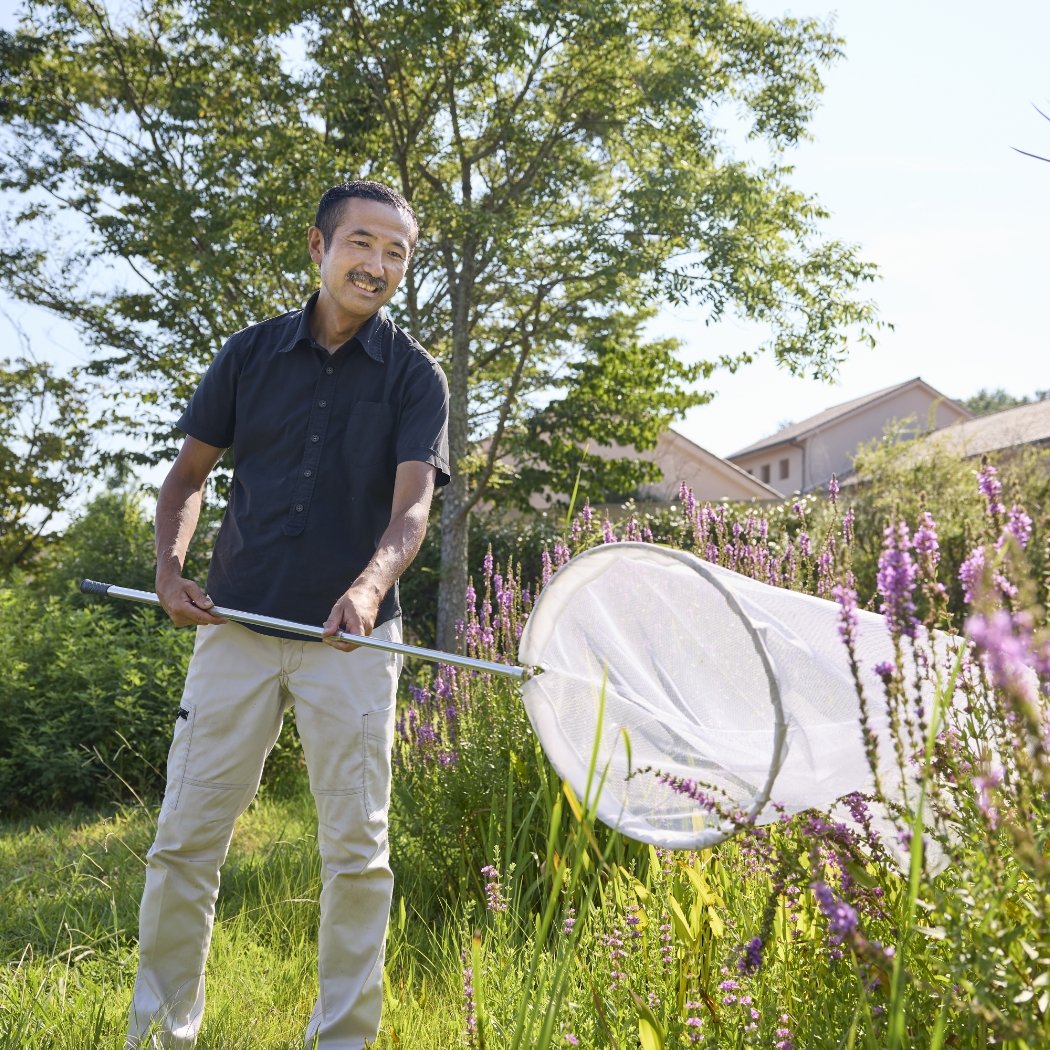
Through planning and researching “play parks” set in parks and satoyama landscapes, I work to create spaces that connect communities and people, children and nature. A play park is a playground where children can discover what they “want to try” through their own efforts. For example, the sound of crunching leaves, the movement of water, encounters with insects and animals—responses from the environment prompt the next action, fostering creativity. At the playground in the Taihata Nishi district of Kobe City, we have installed a biotope pond and a bio nest, creating an environment where children can experiment and learn through trial and error while encountering diverse living creatures.
The impetus for this activity came from involvement in creating a child-participation playground at Arima Fuji Park in 2003. Since then, activities have expanded to Akashi Park, Koyama Forest Park, and other locations. In recent years, we have hosted play parks at two parks in Akashi City, attracting over 1,400 participants annually, while also training play leaders. Seeing children who participated grow up to become leaders of the next generation is one of the attractions—being able to accompany children through their long-term growth. We also explore designs for safe playgrounds and school grounds that cater to children with diverse characteristics, aiming to create inclusive play parks.
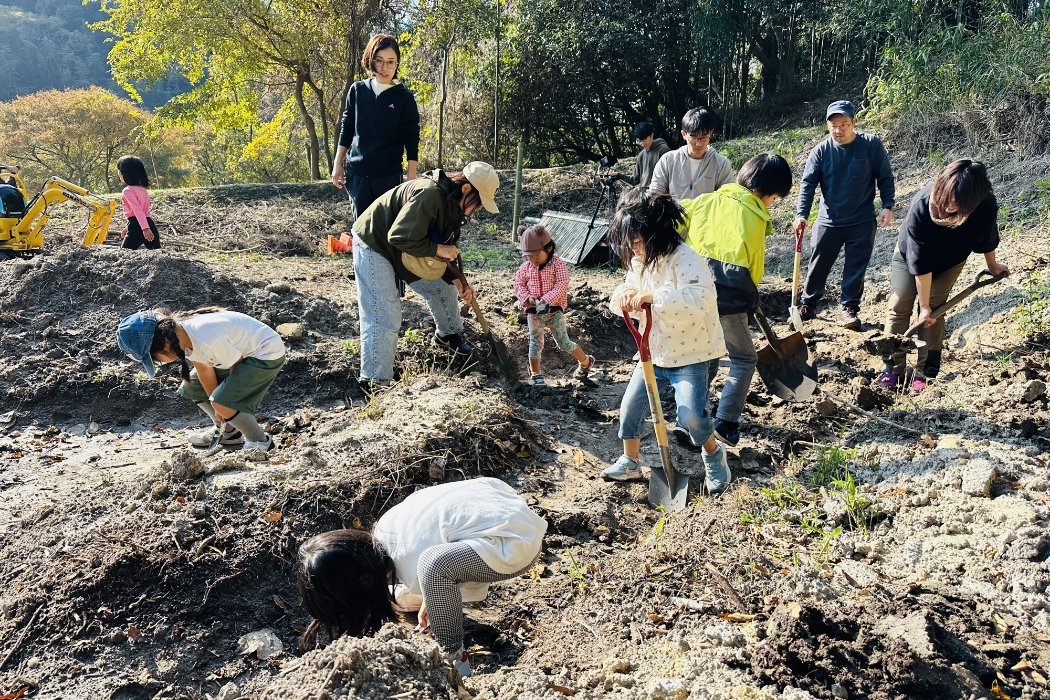
Furthermore, we place strong emphasis on disaster preparedness. At Okanohara Park in Minami-Awaji City, we have established a play park on high ground that is designated as a tsunami evacuation site. We offer play activities that simulate emergencies, such as building disaster-preparedness stoves and using rainwater. By helping people recognize a familiar, regularly used place as an evacuation site, we aim to enhance awareness of disaster preparedness.
Play parks are spaces where not only children but also various adults—neighbors, students, parents, artisans—gather, fostering connections that transcend generations and backgrounds. They have functioned as places where people could safely gather and find emotional healing during emergencies, such as the post-earthquake period and the Covid-19 pandemic. Moving forward, I aim to continue creating new connections and places of belonging within communities through play, supporting solutions to diverse social challenges from a design perspective.
Expanding Research
Creating “Spaces” to Alleviate Isolation: Psychiatric Nursing and Dialogue
Eiko Nishiike
Lecturer, Colledge of Nursing Art and Science
Specializing in psychiatric nursing, I conduct research focused on creating “connections” between individuals with mental illness, their families, and supporters. Mental illness is often invisible from the outside, leading to widespread prejudice and misunderstanding, making it difficult for those affected to share their struggles. Furthermore, healthcare settings alone cannot provide sufficient support in many areas, presenting a significant challenge.
Therefore, I focus on “dialogue practice (Open Dialogue),” where individuals with mental illness, their families, and supporters gather in the same space to engage in open and free conversation. In dialogue practice, we value two principles: a) never discussing matters without the person directly involved, and b) ensuring that conversations among supporters are also open and conducted in the presence of the person with mental illness and their family. Furthermore, it is crucial to create an environment where conversations can naturally begin from current feelings or interests, without predetermined topics. By separating “speaking” and “listening,” and mutually sharing and hearing each other’s thoughts, moments arise where individuals feel that their feelings are acknowledged. Having such a space not only eases the loneliness of those affected but also allows all participants to share information and care strategies, fostering new supportive relationships. Furthermore, we believe that involving community members deepens understanding of mental illness, spreading warm connections throughout the entire community.
The impetus for this research came from experiences in clinical settings where patients’ and families’ feelings were not sufficiently respected, and where support providers themselves faced difficulties. In 2015, I visited Kelo-Pudas Hospital in Finland, interviewed the facility’s director, learned about the educational background of their dialogue practices, and examined similarities and differences with Japanese culture. Since then, I have provided educational programs for psychiatric nurses and attempted to create dialogue spaces bringing together individuals with mental illness, their families, and support providers within academic settings.
Through these efforts, I aim to realize a society where everyone, regardless of their mental health status, can live authentically. Through these dialogue spaces, relationships among diverse people will expand, fostering new connections within communities and promoting mutual understanding and support.
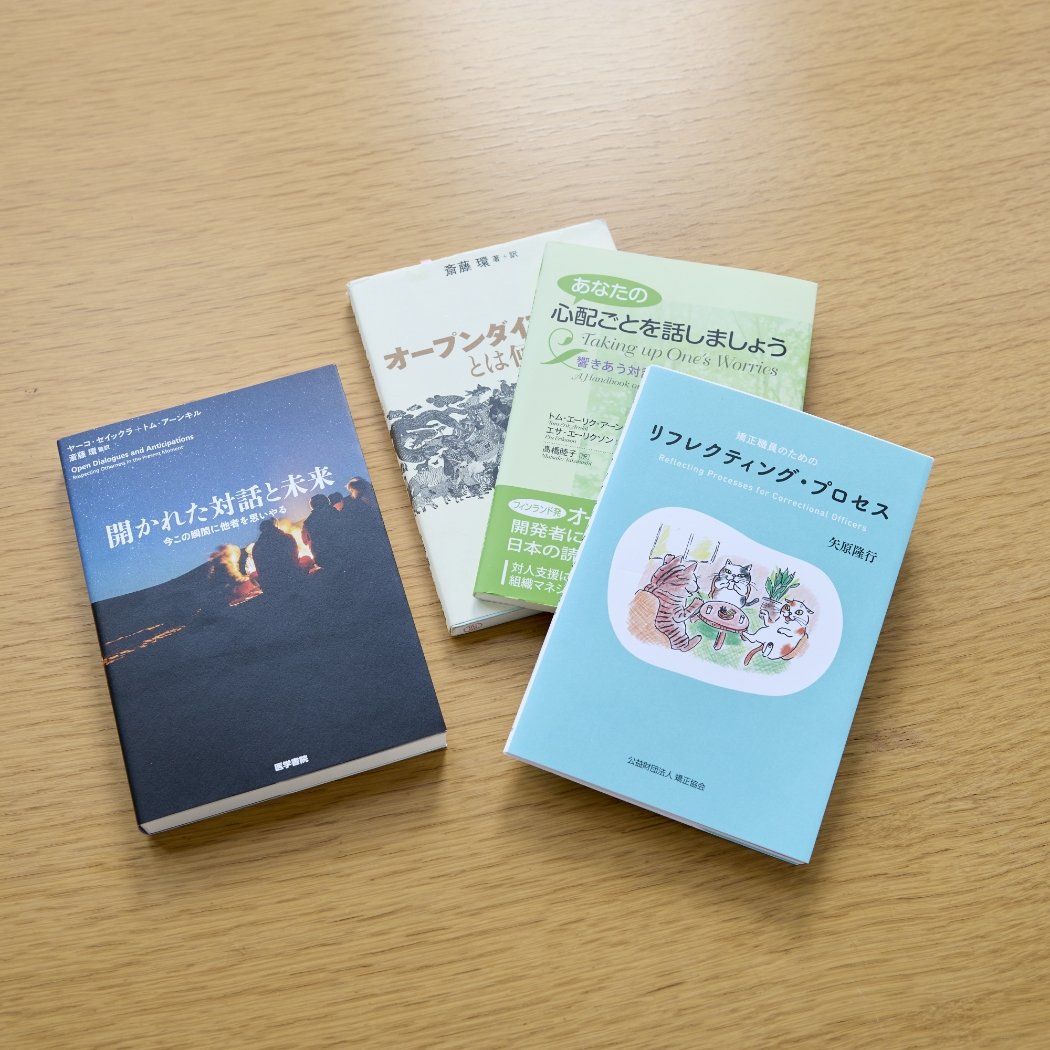
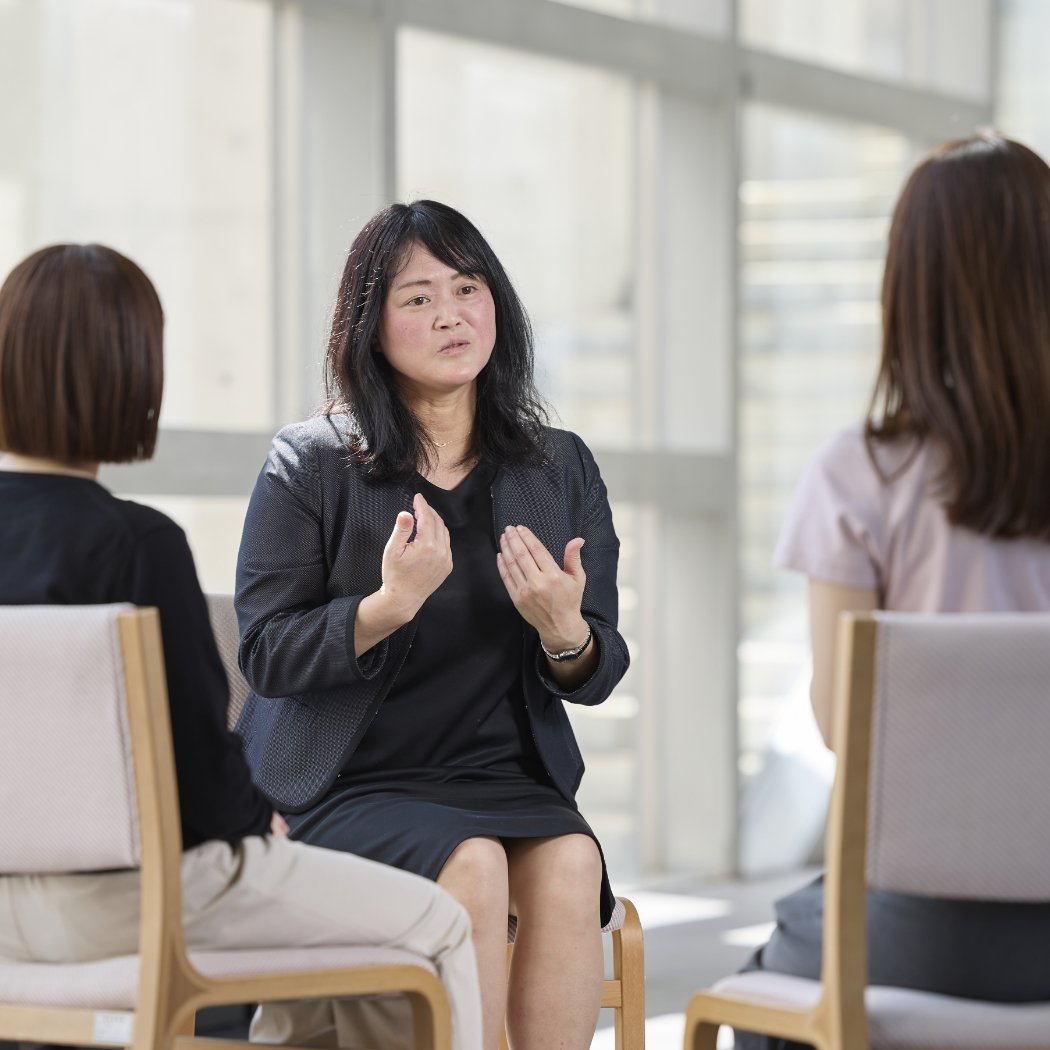
Focus on Person
Connecting Children and the Community’s Future in Taihata Through Nature and Play
In the Taihata Nishi district of Kobe City, we are creating play spaces that nurture children’s creativity and their connection to the community. Respecting children’s interests and curiosity, we are handcrafting biotopes and bamboo play equipment. Furthermore, through workshops, we are collaborating with residents to explore ways to shape Taihata’s spaces. Moving forward, we will continue to host play parks and other events, creating community-rooted gathering places mediated by nature and play.
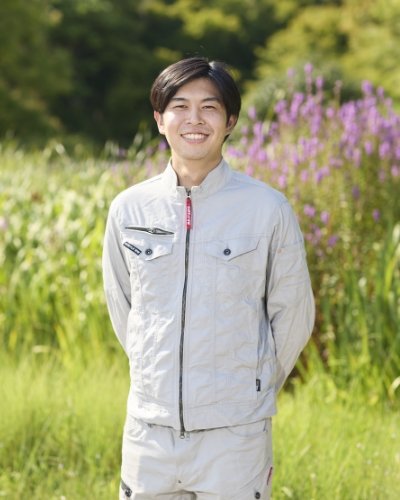
Connecting Children and the Community’s Future in Taihata Through Nature and Play

Yuki Nakayama
2nd year student,
Graduate School of Landscape Design and Management
A Bridge Connecting Communities and Farmers
I founded and run the student group “Rifarm,” aiming to connect farmers with local dining tables. Our main initiatives include collaborating with farmers in Kobe City’s Nishi Ward to sell non-standard vegetables that cannot be sold in markets, as well as hosting food education events. While deepening exchanges with farmers and residents, we help reduce food loss and revitalize local agriculture. Moving forward, to contribute to preserving Japan’s rich food culture, I intend to further study data science within my department and work towards building sustainable agricultural models.
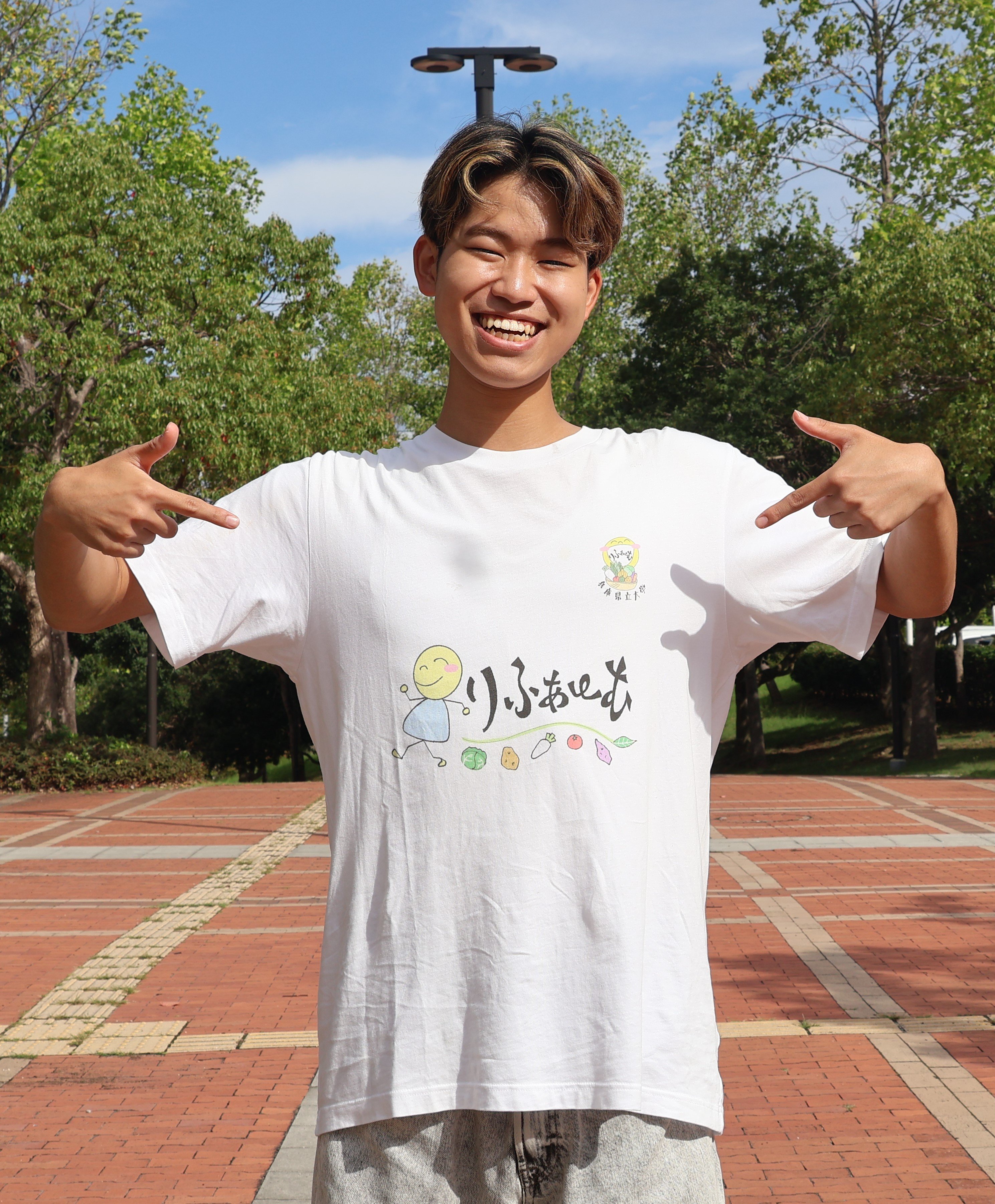
A Bridge Connecting Communities and Farmers

Yuto Matsui
3rd year student, School of Social Information Science